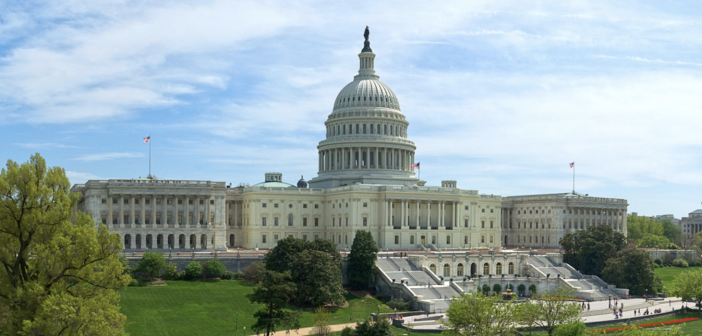by Harlan Ullman
In debating the 2023 National Defense Authorization Act (NDAA), both Houses of Congress agree that the Pentagon needs more money than it requested. Thus far that increase will be about $40-50 billion. The rationale is that more US and allied military capability is needed given China’s growing and more powerful armed forces and Russia’s aggression in Ukraine. Many US allies in NATO and the Pacific are following suit.
But the crucial question is if more defense spending indeed produces more defense capability. And if that is not the case, what must be done? Unfortunately, the answer is no. History shows the more the US spends, the more the force shrinks. And unless major changes occur in strategy and process, the good intentions of Congress will have little practical impact.
About the historical relationship between defense spending and the size of the US military, the evidence is clear although the physical capability of modern weapons systems has dramatically increased. In 1962, the active duty US military numbered 2.8 million. In 2022 dollars, the defense budget was $516 billion. In 1992, the active duty force was 1.8 million and the budget was $664 billion. This year, the budget will be over $800 billion supporting a force of 1.3 million.
Many factors explain this inverse ratio. Technology is not cheap. A Ford class nuclear aircraft carrier costs $15 billion, the same as the first Columbia class ballistic nuclear submarine, without its air wing and escorts. One F-35 runs at about $100 million. And the now better known, titanium, M777 155 mm howitzer runs at $3-4 million each.
The costs of an all volunteer force likewise far exceed those of the old draft military. And all volunteer may be a misnomer. Virtually all of the force is recruited, And to make military life competitive with civilian jobs, benefits soared. With a declining cohort that meets mental, physical and moral standards, the all-recruited force will probably need even more inducements and benefits.
The most insidious factor is uncontrolled, internal, annual, real cost growth for every defense item from precision weapons, people to pencils of 5-7%. The figure is probably higher given the impact of inflation now approaching 9%. That means, just to stay even, annual defense increases of at least $50 billion or more are needed. That means a defense budget will be approaching $1 trillion a year.
It can be argued that based on the war in Ukraine, a platform heavy force is extremely vulnerable to lower cost weapons in large quantities and asymmetric strategies and tactics. That does not mean these more traditional forces are obsolete and must be replaced. It does mean that the force mix should be shifted to a combination of can be called a Porcupine or Asymmetric Defense with the current force designs. And this can be done at far lower budget levels as fewer active duty forces should be needed if this strategy is applied effectively.
But making dramatic changes in strategy and force design and levels not only takes time. The bureaucratic, political and structural obstacles are formidable and perhaps cannot be overcome short of a major crisis or otherwise compelling rationale. And in today’s volatile and polarized times, it seems impossible that the Executive and Legislative branches would agree on such a plan of action to make the necessary profound changes.
What was and is needed is an Eisenhower-like Project Solarium convened in March 1953 after Stalin’s death to determine America’s strategic options. This was a comprehensive approach covering all aspects of national security reflecting Ike’s grasp of the need to maintain a sound national economy and economic strength. The soon to be released National Security Strategy, at best, will make only marginal changes to the strategies approved by the two prior administrations.
The consequences of where the nation’s defenses are headed are not good. Not only will the force continue to shrink. Readiness to fight, as current indicators are trending, will decline. Manning the all-volunteer force will become more difficult. Modernizing the nuclear triad will impose greater downward pressure on a defense budget that already cannot maintain the current force.
This will be a 21st century version of the infamous post Vietnam “hollow force” that was not sufficiently prepared and armed to carry out its missions. It is very unlikely that any administration, especially one under political attack from many directions, will recognize this condition without a crisis or other forcing function. Perhaps the only alternative would be for Congress to create a National Defense Commission with the charter and authority to examine intimately national defense at all levels and from all directions answering this question: Is our national defense in crisis and if it is, how can that be rectified?
Any other approach is likely to fail—a grim but important conclusion.
_________________________________________________________
Dr. Harlan Ullman is Senior Advisor at Washington, DC’s Atlantic Council and the prime author of “shock and awe.” His latest book is The Fifth Horseman and the New MAD: How Massive Attacks of Disruption Became the Looming Existential Danger to a Divided Nation and the World at Large. He can be reached on Twitter @harlankullman




